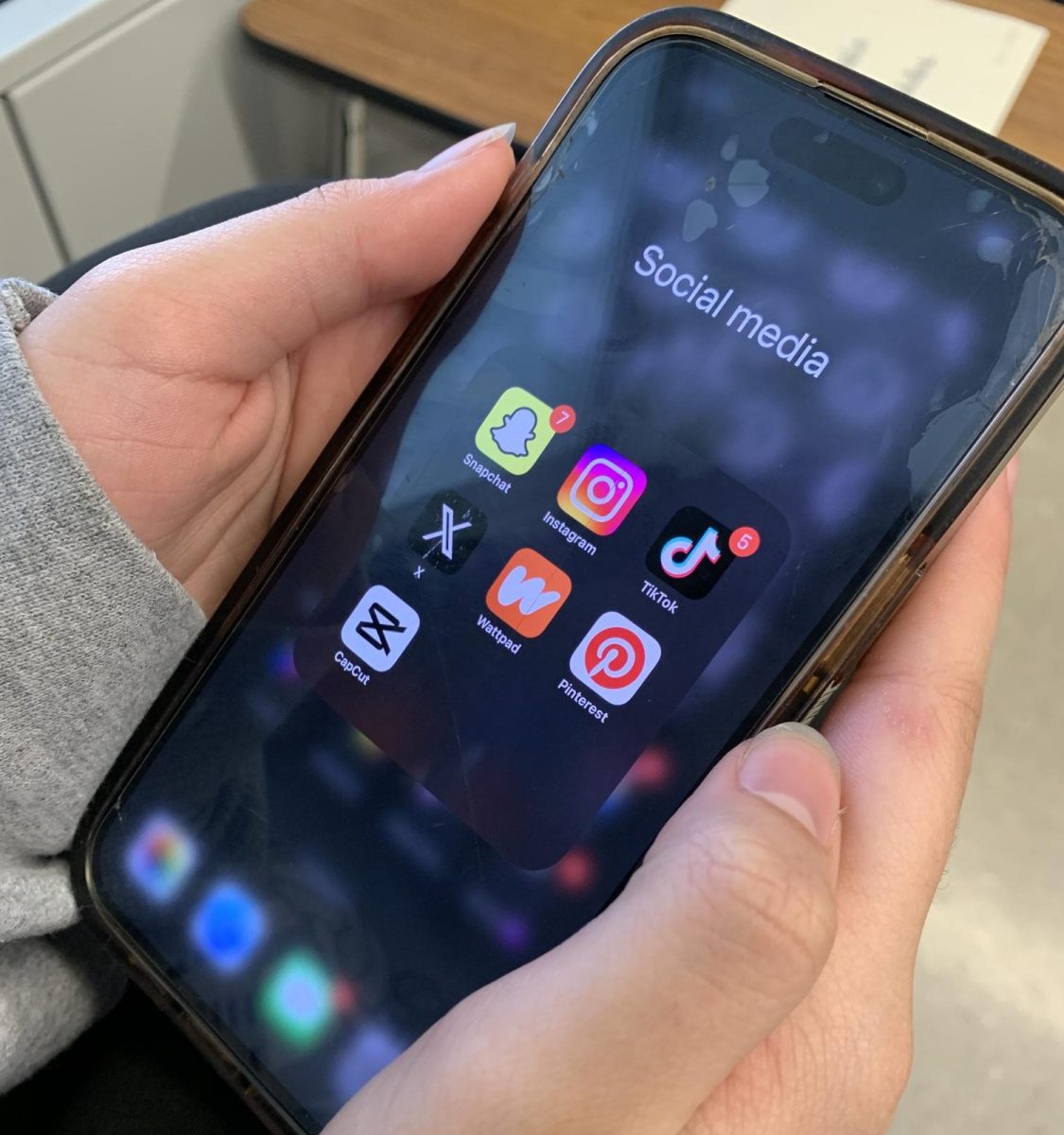It’s the beginning of senior year and the guidance counselor calls you down to discuss your future. How does one, at the age of 17 or 18, know what they want to do with the rest of their lives? Completely understandable – they don’t. There are, however, ways to prepare so that Student A isn’t confused in the guidance counselors office while Student B is already accepted into Harvard.
![]() Become Involved Within School – Colleges LOVE seeing a student that not only achieves their full potential academically but one that is also associated with in-school and out of school activities.
Become Involved Within School – Colleges LOVE seeing a student that not only achieves their full potential academically but one that is also associated with in-school and out of school activities.
![]() SATs – They’re not that bad. Register junior year and don’t take it just once. Also, try not to psych yourself out; it’s the worst thing you can do.
SATs – They’re not that bad. Register junior year and don’t take it just once. Also, try not to psych yourself out; it’s the worst thing you can do.
![]() Examine Yourself – what do YOU like to do? Are you more into art or into science? This can help a person decide on a major for college.
Examine Yourself – what do YOU like to do? Are you more into art or into science? This can help a person decide on a major for college.
![]() Develop an Idea – You don’t have to decide on a major right then and there. Hardly anyone knows what they want to do in life as a student in high school. However, think of things that you would like to do in life. Don’t settle.
Develop an Idea – You don’t have to decide on a major right then and there. Hardly anyone knows what they want to do in life as a student in high school. However, think of things that you would like to do in life. Don’t settle.
![]() Decide on Schools – Visit schools that have what you are interested in but also other majors/minors that you wouldn’t be opposed to trying. By doing this, you’re allowing yourself to not become stuck in years to come.
Decide on Schools – Visit schools that have what you are interested in but also other majors/minors that you wouldn’t be opposed to trying. By doing this, you’re allowing yourself to not become stuck in years to come.
![]() Visit the Schools – Start junior year and continue whenever the school has an open house. All colleges can also schedule a personal tour if you can’t attend the open house. The “feel” of the school can help to make a decision.
Visit the Schools – Start junior year and continue whenever the school has an open house. All colleges can also schedule a personal tour if you can’t attend the open house. The “feel” of the school can help to make a decision.
![]() Start Applying – The beginning of senior year, meet with your guidance counselor and become organized with due dates, what needs to be sent in, and options as to a fee waiver or onsite within the school. Colonia High School guidance counselor, Cristina Marretta, mentions that “a student should apply to five schools – reach schools, moderate schools, and a safety net.”
Start Applying – The beginning of senior year, meet with your guidance counselor and become organized with due dates, what needs to be sent in, and options as to a fee waiver or onsite within the school. Colonia High School guidance counselor, Cristina Marretta, mentions that “a student should apply to five schools – reach schools, moderate schools, and a safety net.”
![]() KNOW THE DEADLINES!!! – Deadlines are super important. Don’t start the application two days before it’s due. Also, see if they college has an Early Decision option – doing this allows you to get your acceptance letter sooner. However, if the early decision is binding (if you get accepted, you HAVE to go there), choose if that school is really your top choice or not. If not, wait until the regular decision deadline.
KNOW THE DEADLINES!!! – Deadlines are super important. Don’t start the application two days before it’s due. Also, see if they college has an Early Decision option – doing this allows you to get your acceptance letter sooner. However, if the early decision is binding (if you get accepted, you HAVE to go there), choose if that school is really your top choice or not. If not, wait until the regular decision deadline.
![]() File the FAFSA – The Federal Application for Student Aid has to be filled out by your parents. Their tax return is needed, as well as yours, if you are working. This form, if filled out correctly, can help any student in paying for college. Mrs. Marretta added, “Filling out the FAFSA is important because it’s the key to any type of financial aid whether it is grants, loans, or scholarships. A student has to fill out the FAFSA to be taken into consideration for the chance to receive financial aid.”
File the FAFSA – The Federal Application for Student Aid has to be filled out by your parents. Their tax return is needed, as well as yours, if you are working. This form, if filled out correctly, can help any student in paying for college. Mrs. Marretta added, “Filling out the FAFSA is important because it’s the key to any type of financial aid whether it is grants, loans, or scholarships. A student has to fill out the FAFSA to be taken into consideration for the chance to receive financial aid.”
![]() Select a School – “May 1st is the deadline, however, a student shouldn’t pick a school until all awards packages come in and they can lay it all out and see all their options” Marretta suggested. After all the acceptance (or rejection) letters come in, select your top choice. Choose the school that has multiple options, that your parents can afford, and that you can see yourself attending. At this point, it’s all about you.
Select a School – “May 1st is the deadline, however, a student shouldn’t pick a school until all awards packages come in and they can lay it all out and see all their options” Marretta suggested. After all the acceptance (or rejection) letters come in, select your top choice. Choose the school that has multiple options, that your parents can afford, and that you can see yourself attending. At this point, it’s all about you.
![]() Send In All Necessary Requirements – Some schools need another transcript or require other credentials. Also, deposits and/or housing deposits need to be in by a certain date.
Send In All Necessary Requirements – Some schools need another transcript or require other credentials. Also, deposits and/or housing deposits need to be in by a certain date.
![]() Attend Another Open House / Join Groups on Facebook/ Twitter – Most schools have a group that you can join or follow and meet the people that will also be attending the college in the fall. It’s a great experience to meet new people and see who the next four years will be spent with.
Attend Another Open House / Join Groups on Facebook/ Twitter – Most schools have a group that you can join or follow and meet the people that will also be attending the college in the fall. It’s a great experience to meet new people and see who the next four years will be spent with.
All in all, the checklist for college can be easy if followed correctly. The worst thing to do is to fall behind in this process. Good Luck to all of you!












